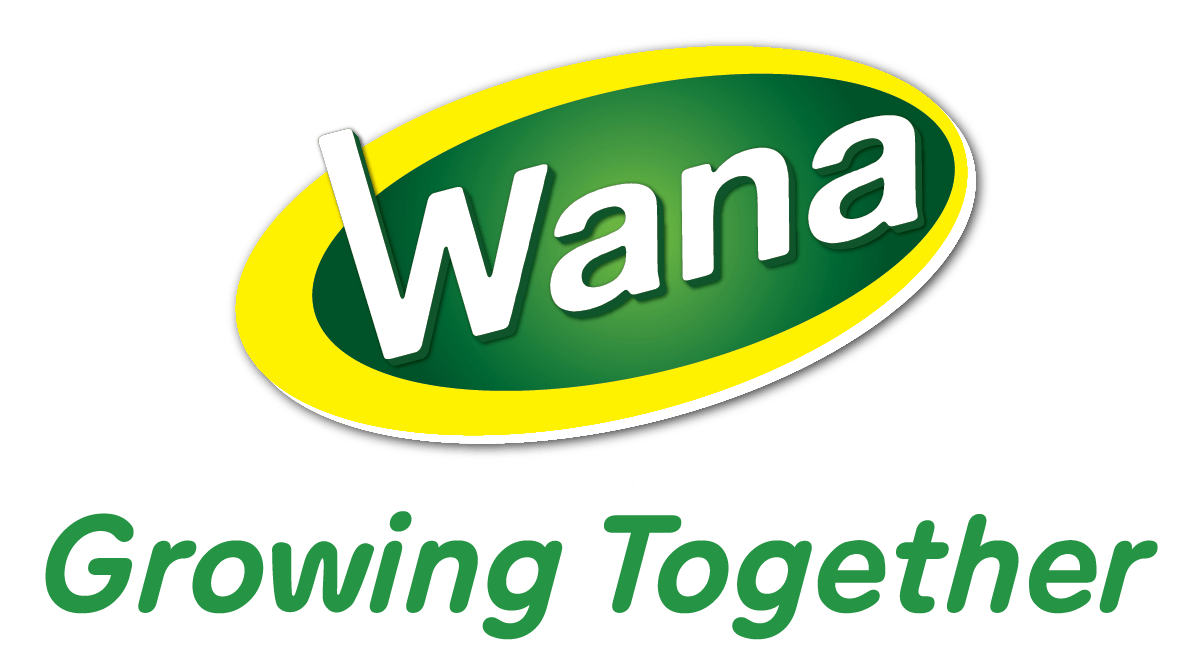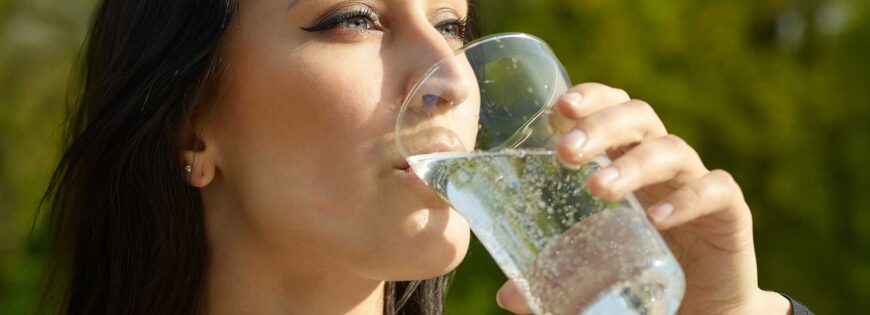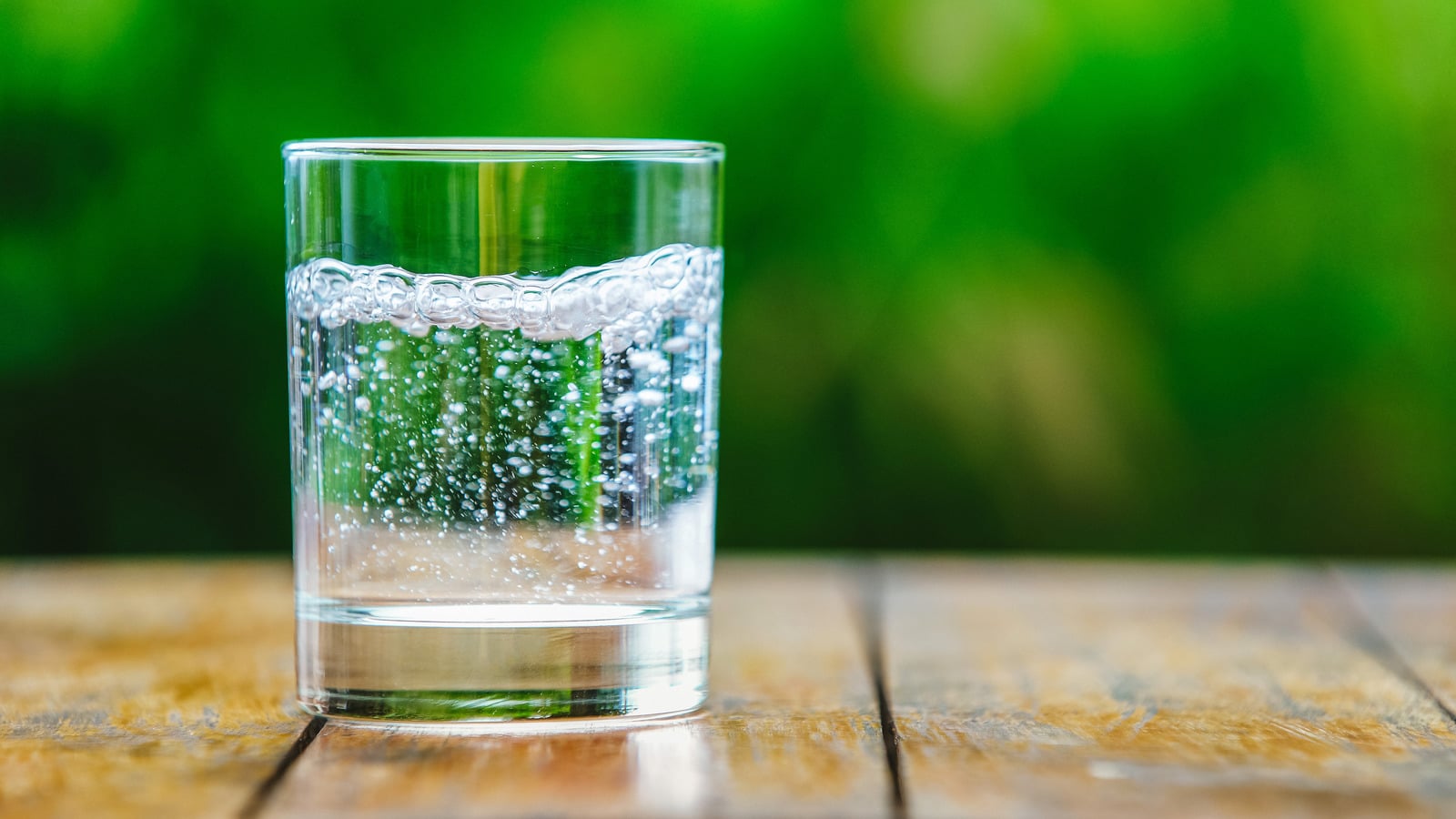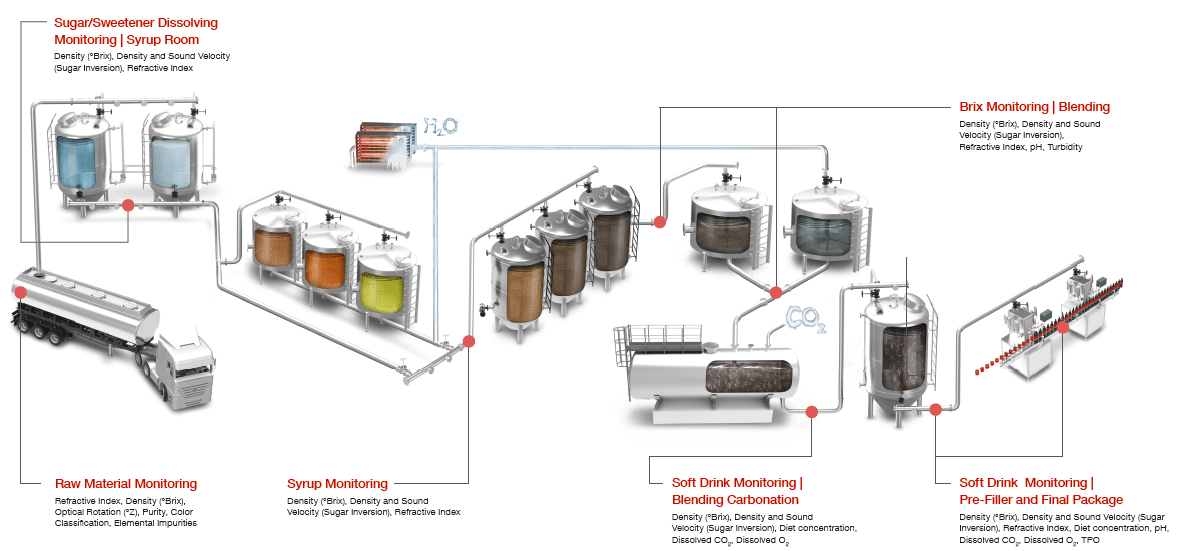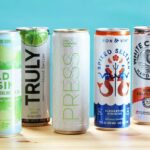According to Babuki’s report, non-alcoholic beverage market revenue is estimated to grow steadily in the period 2021 – 2024. Carbonated soft drinks have the best spending with an increase of about 7.6% this year. Why are the numbers so impressive? Is sparkling water good for health? Join us to learn the production process of carbonated drinks to find out the reason!
Carbonated Drinks Manufacturing Process
Select water source and prepare water
The first raw material in the indispensable freshwater production line is water. The water used is healthy water. After taking the water source from the well, the enterprise begins to process it finely (through a filter column with sand or ion particles). Then, it will treat with ultraviolet rays and then through the RO system to form a source of pure water that meets the standards. That’s why sparkling water is good for health thanks to its clean source.
Heat cooking
During the cooking process, the two ingredients that need to be prepared are sugar and water. The purpose of this stage is to make syrup from sugar to prepare for the next stage, which is to mix flavorings and some other additives, not only, in this conversion process, will increase stability and sweetness. natural softener for the product.
To do this, the first step is to add water to the tank with an automatic stirrer, then continue to add sugar so that the volume of water is 5 times the volume of sugar. Adjust temperature and pressure appropriately to ensure the efficiency of the process. Heat the mixture for 2 hours and when bubbles appear when boiling, stop and go to the next step.
Mixing food flavorings, colors, and flavoring acids
The third stage in the production process of carbonated soft drinks is dissolving and mixing flavorings, colors, flavor-modifying acids, etc. When the temperature of the syrup reaches 90 degrees Celsius, the color and flavor-modifying acids have been mixed in and continue stirring. Next, add water to the above mixture, cook until it reaches 80 degrees Celsius, then add all the remaining flavorings. Then stop increasing the heat and release the boiler’s superheated steam valve to the outside and keep stirring at 120 rpm.
Filter and remove impurities
Through the production of carbonated beverage technology, specifically in the fourth stage, the purpose is to remove impurities in the process of mixing and operating that still exist and remain in the raw materials. This stage will be the stepping stone for CO2 saturation. Use filters to filter the syrup mixture that has just been removed from the boiler to separate impurities in the syrup. This process is carried out at a temperature of 80 degrees Celsius.
CO2 saturation
CO2 saturation is the process of loading CO2 into the beverage to a certain concentration value depending on technology requirements. In this stage, using pure CO2 used in food in the liquid form provided by breweries, alcohol is compressed at high pressure in compression vessels.
If someone asks you if sparkling water healthy or not, the answer is yes. Saturated CO2 helps good digestion, enhances the ability to fight microorganisms, and helps preserve products longer. In addition, it also contributes to the characteristic flavor of carbonated products. Although CO2 itself has no taste, when dissolved in water, it produces a small amount of acid along with a sour taste in the flavor. When drinking, the free CO2 bubbles stimulate the palate, they bubble up to the surface making the product more appealing.
Filling – capping
After loading saturated CO2, the semi-finished products will be pumped into the tank and transferred to the extraction tank of the can extractor. This process will extract 24 cans at the same time, and each can will be transferred to the capping machine by conveyor belt. The volume of each can depends on the line, which can be 320ml, 330ml, or 500ml. After capping, the conveyor belt will transfer the finished cans to the receiving area to prepare for the next heat treatment stage before being put into the finished product packaging area.
The structure of the isostatic extraction system consists of by means of an inlet that can transfer. The filling unit consists of 24 taps, which are fitted with an automatic valve system that locks and opens, controlled by the POC programming system. And indispensable conveyor conveying cans. All conveyors are controlled by a reducer motor using 220V power, with a capacity of 0.5Kw/h.
Heat treatment
Before being put into the packaging area, the cans will be put into a heat treatment system up to 300C in the production process of carbonated soft drinks. The pasteurization system will be used for continuous cooling to help preserve the product in the optimum temperature environment.
Print date and product packaging
Through the heat treatment stage, the product will be passed through a drying device and evaporated the remaining water at the bottom of the can. Next, the can will be turned upside down when moving on by turning to print the date thanks to the spray device to help users easily track the product.
Thanks to the carbonated beverage R&D process, the manufacturer will transfer the product to the packaging system with a shrink film dispenser to produce the final product. Labeling and arranging products by quantity into boxes will increase sensory value and better brand positioning.
Is sparkling water healthy or not?
There are many questions surrounding whether carbonated drinks are good for health or not. There have been many studies done, but still, no one is sure if it is more good or harmful. One thing is for sure, too much of anything is not good. You can consume it in moderation, according to your purpose as well as at the right time.
With the above production process, it can be seen that sparkling water is produced hygienically with modern machinery. Consumers can safely use sparkling water for daily physical activities, parties with family and friends or refreshments on hot days. Is sparkling water healthy? It depends on you!

